Older Wedding Traditions That Are Making an Appearance
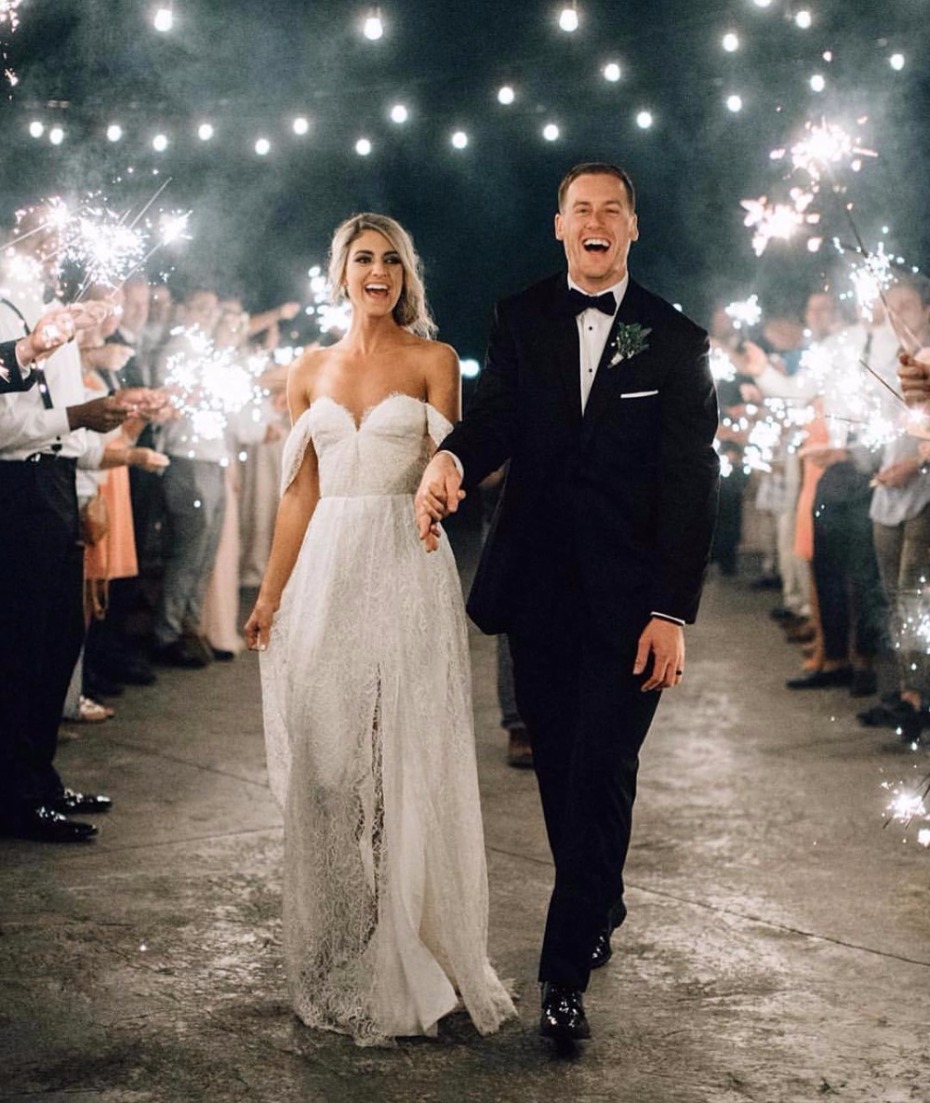
Whatever happened to the tins cans and snazzy outfit changes for the big send off after the wedding? Did you know newlyweds-to-be would write each other love letters? Why is a hope chest called a hope chest, and what’s its association with weddings? Find out answers to these questions and more with these trending classic wedding traditions.
Having a Big Send Off
Party-goers now send off the bride and groom by throwing seeds, but it usually happens after the ceremony. Traditionally, the newlyweds would don a new outfit to head out into their married lives and on their honeymoon adventure. They’d get a big send off after the wedding, as the bride tosses her bouquet to the guests, and the couple gets inside their decked-out car with tin cans tied to the bumper and “Just Married” signs.
Writing a Love Letter
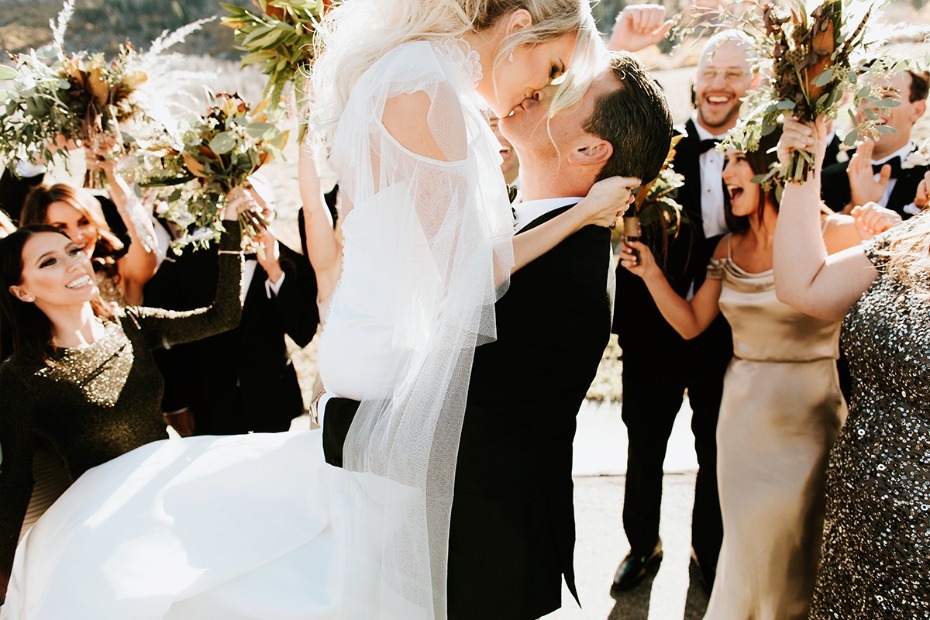
Paper is the traditional gift for a first wedding anniversary. Ever wonder why?
Traditionally, bride and groom would write a love letter to each other on the night before their wedding, and on their first anniversary, they gift each other the letters.
Filling a Hope Chest for the Bride
The hope chest symbolized hope for the marriage and was often used until the 1950s. They were traditionally made from cedar to protect the treasures inside. The parents of the bride would fill the chest with things she would use as a married woman, such as linens and dishes. The chest could also include pearls for her wedding day.
Today, the chest makes a perfect minimalist tool and classic tradition to hand down sentimental items throughout the generations, especially on the beautiful milestone of a wedding day. Include whatever you want in the bridal hope chest.
Tying the Knot
“So, when are you tying the knot?” some people ask when they find out you got engaged. The phrase comes from an old Scottish and Irish tradition known as handfasting, and customs vary per region. Typically, on the day of the union, the officiant uses cord or ribbon to tie the couple’s hands together to signify their eternal bond.
Today, handfasting still reigns popular in modern European weddings, and Prince William and his bride Kate Middleton used the tradition in their wedding.
Wearing Veil to Protect Bride From Evil Spirits
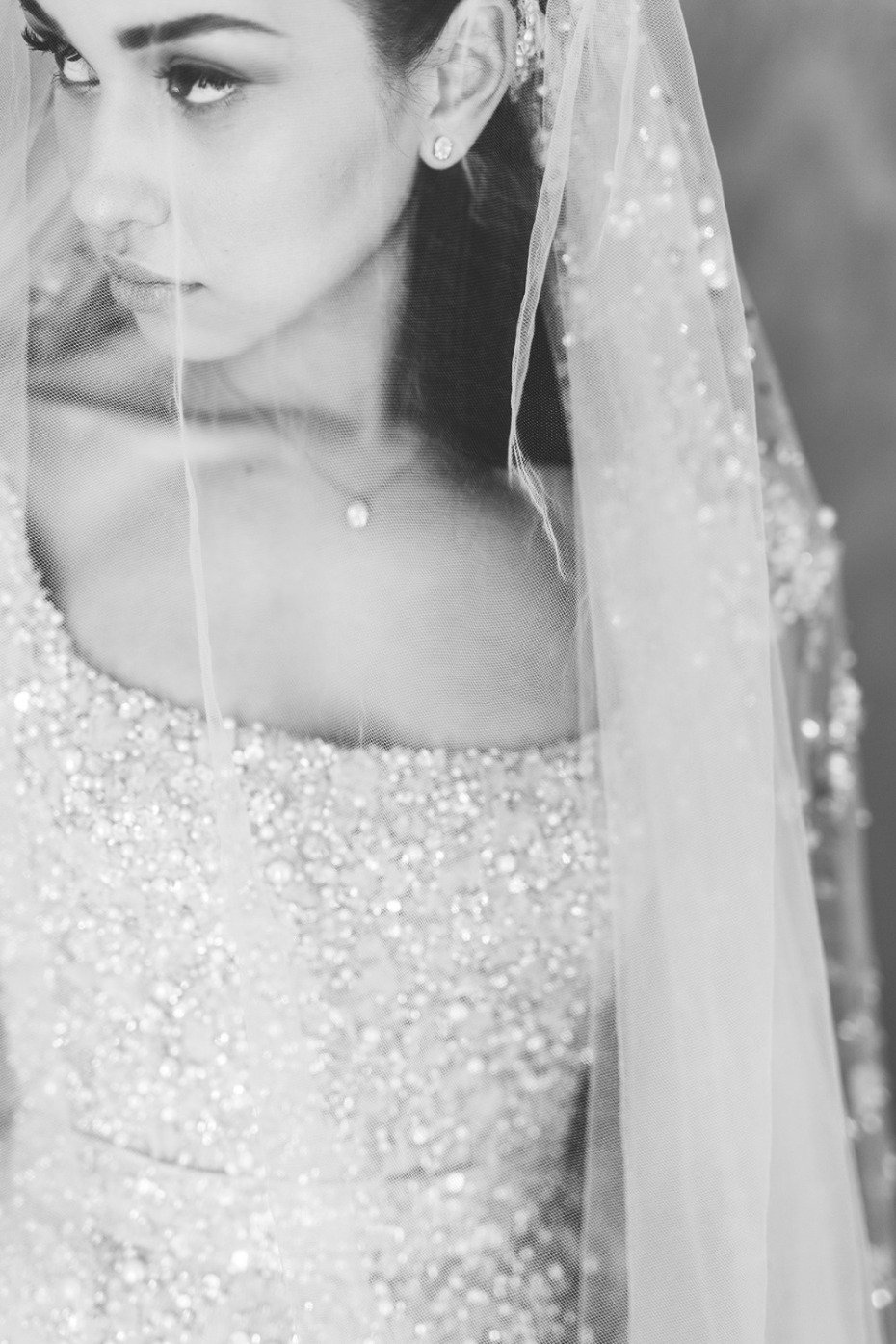
The popularity of the veil has passed from generation to generation, originating in Rome and Greece where a bride wore her exquisite outfit only once. In Rome, the veil was called a flammeum and covered only her head, not her face. It wrapped around her body to protect her from evil spirits, according to tradition. Some sources suggest that the veil was originally yellow, and the bride wore a simple white dress made of wool called tunica recta.
Now, more women embrace the veil, whether they cover their face or not. The beauty of modern times means more options to choose from to best represent the bride’s style.
Tossing Garter to Divine Next Married Man
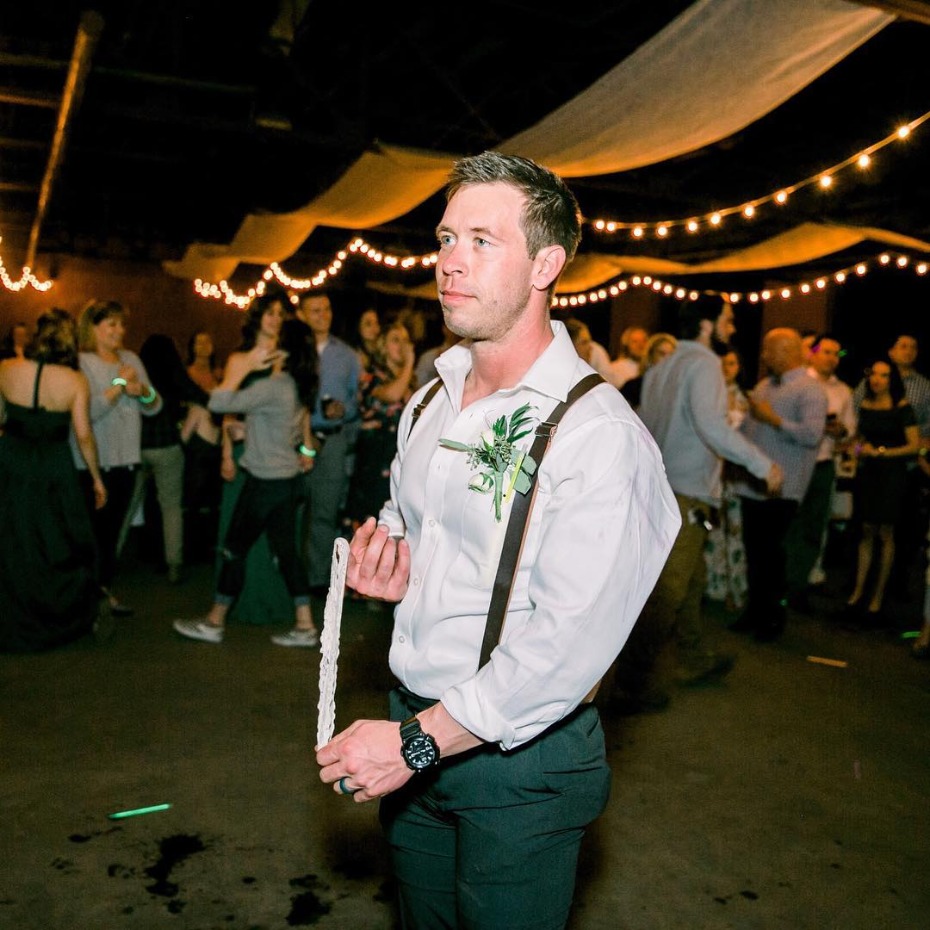
The bouquet toss is a staple, but some weddings decide to leave out the garter toss. Men gather behind the bride, and whoever catches the garter is said to be the next married man.
Donning Her Best Dress
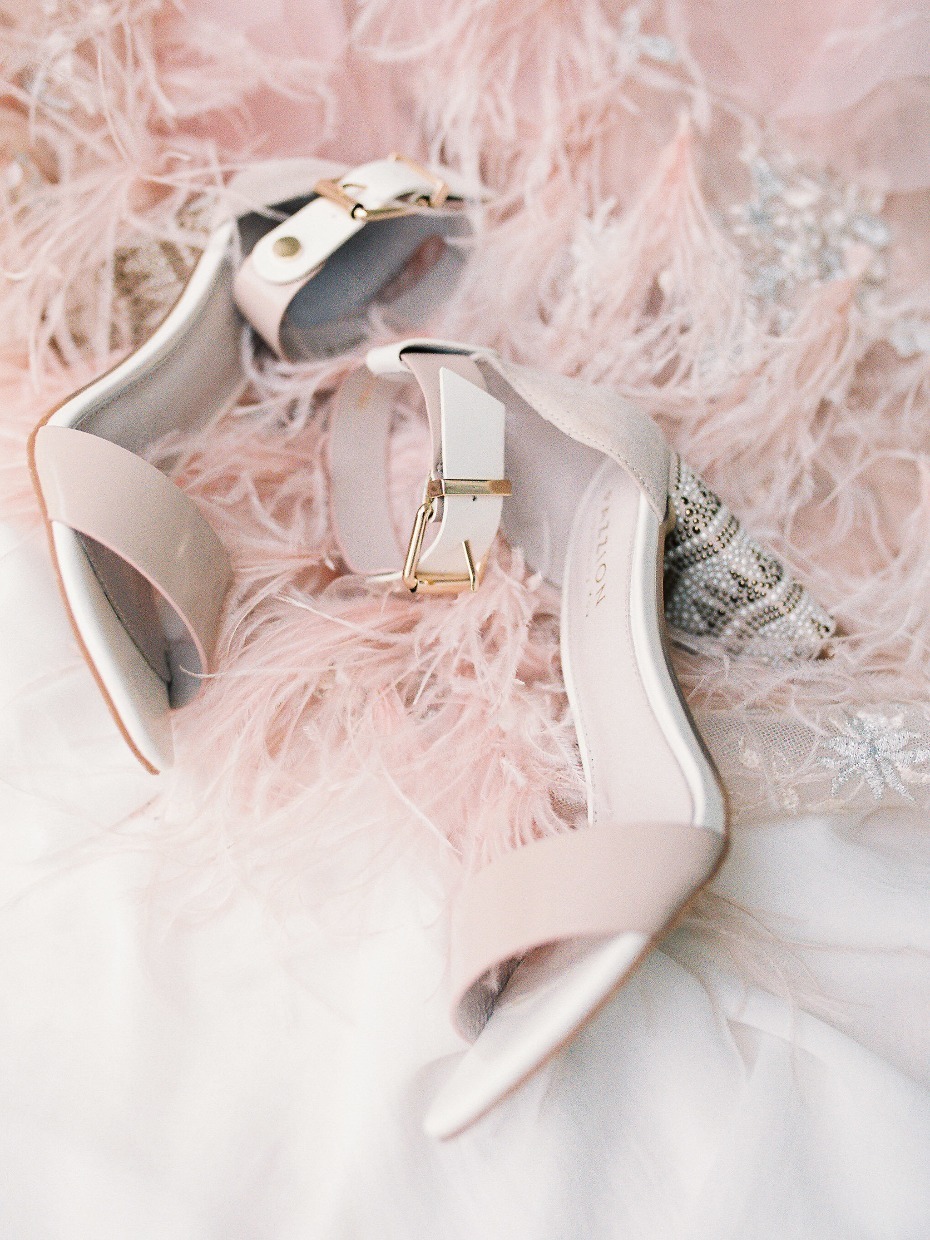
The origin of the white wedding gowns popularity stems back to Queen Victoria, who chose to wear white instead of donning her best dress. The white dress came before Queen Victoria, and Mary Queen of Scots also wore a white dress during her wedding in 1558. In recent years, colored gowns only account for a small percentage of sales in bridal shops.
A bride looking to keep her wedding simple might decide to don her best dress instead or use her wedding as the perfect excuse to choose an investment piece she may wear again.
Cutting the Cake Together
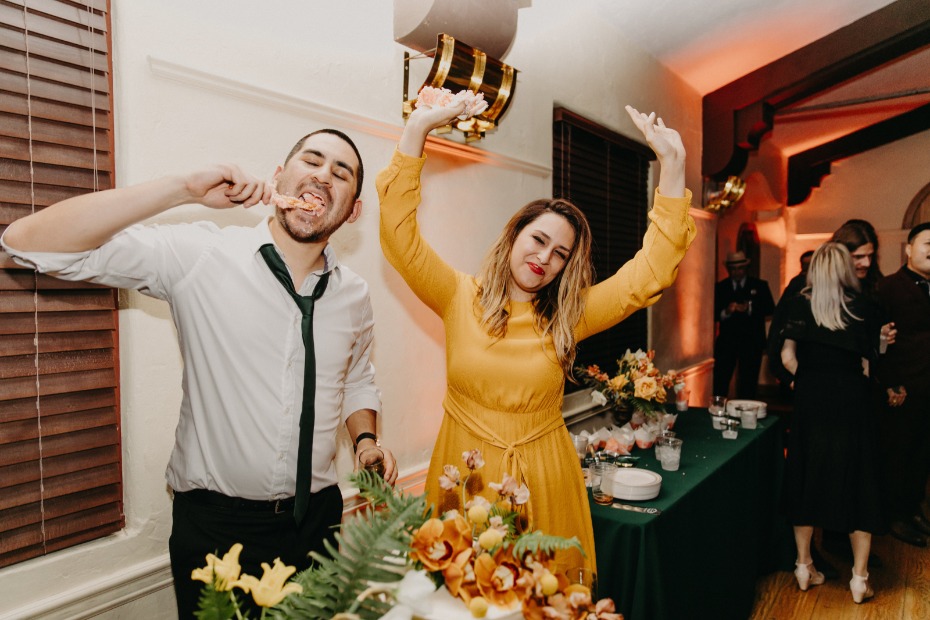
Slicing your wedding cake isn’t just a photo-op. Cut the cake together at your wedding to symbolize your first task together as a married couple and freeze the top tier or a portion of your wedding cake for your first anniversary.
Some of these classics may look like extras to leave out of your wedding, but these traditions hold meaning and have prevailed throughout the centuries. Incorporate some of these lovely traditions into your wedding to set a hope-filled tone for the future — and maybe keep away evil spirits, too.
Kacey Bradley is the lifestyle and travel blogger for The Drifter Collective, an eclectic lifestyle blog that expresses various forms of style through the influence of culture and the world around us. Follow Kacey on Twitter and subscribe to her blog to keep up with her travels and inspiring posts!